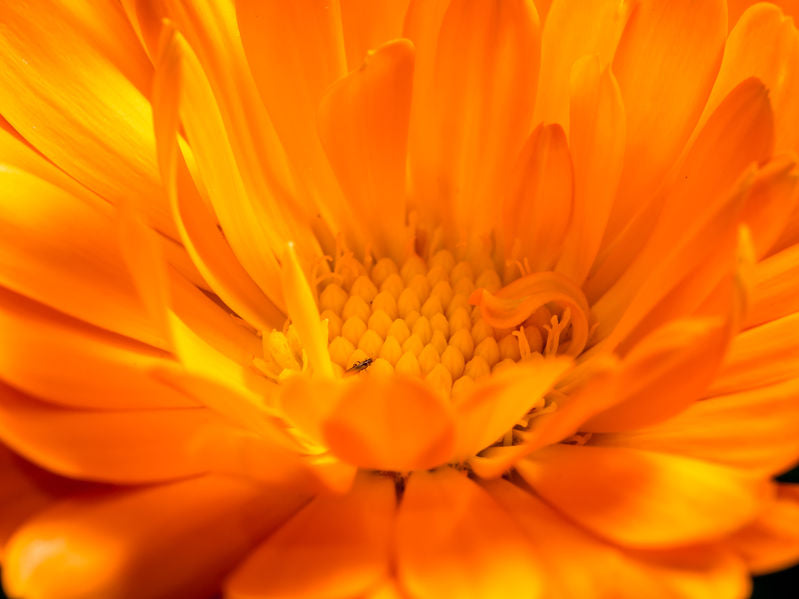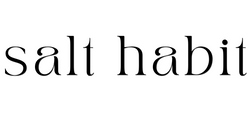
Kitchen Herbalism: Calendula
To say this cheerful, daisy-like flower is one of the most important plants in the herb garden is really not an exaggeration.
Calendula (Calendula officinalis) has a long history of use as medicine, food, cosmetics, and fabric dye. It’s also a valuable companion plant in the garden, but I kindof like having it around just because it makes me smile…. ;)
A staple in Old English gardens and pantries, Calendula (known as “Marigold”) was believed to keep you healthy during the Wintertime and its flowers often used in soups. According to English herbalist John Gerard, author of “The Herball, or Generall Historie of Plantes” (1597), “ ...no broth is well made without dried Marigolds."
Science today backs up this tradition. Calendula’s petals contain flavoxanthin and auroxanthin, and its leaves and stems’ constituents include lutein and beta-carotene; carotenoids which are vitamin A precursors with antioxidant activity.
Topically, Calendula can be used to treat wounds and burns due to its antibacterial, anti-fungal, and anti-inflammatory properties.
Another effect more difficult to measure is how Calendula can cast a little warm sunshine onto cold, grey, rainy moods. Settling into a hot tub full of Calendula bath tea is one of my favorite ways to relax and soothe my skin and nerves.
